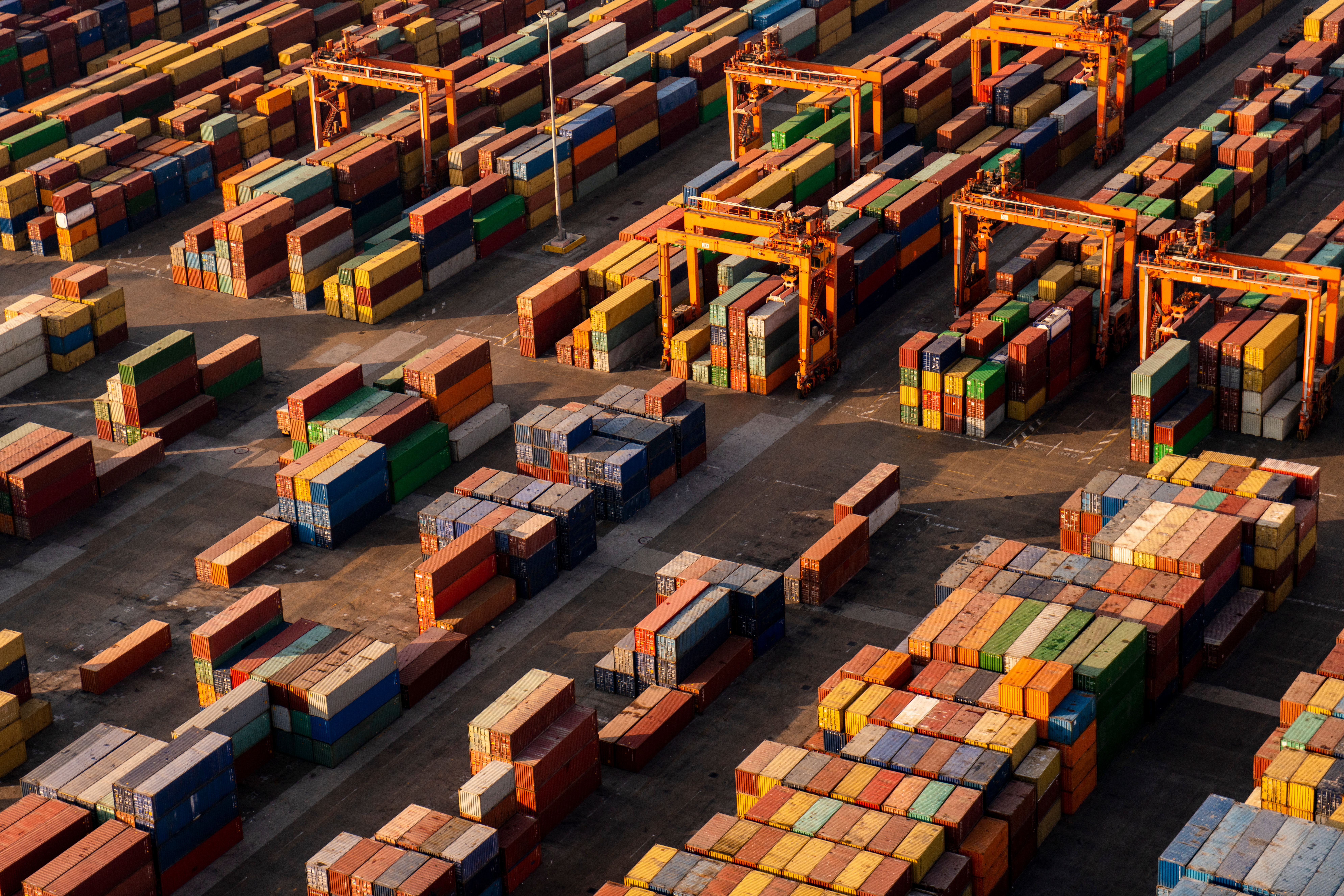
Global trade rests on far-reaching, interlinked supply chains that have powered economic growth for decades. Efficiency has been the leading principle: just-in-time inventories, lean logistics, and finely tuned production networks stretching across economies. For companies, this has meant lower costs, faster innovation, and access to global markets.
But it has also created fragility. Bottlenecks in global shipping routes, shortages of critical components, or sudden trade policy shifts can ripple through entire sectors and industries. A single disruption in one region can have far-reaching consequences. What once looked like resilience through scale now reveals systemic fragility through global interdependence.
The geopolitical environment amplifies this. The COVID-19 pandemic underscored the vulnerability of global supply chains, but its aftershocks have been compounded by wars in Ukraine and the Middle East, escalating US-China trade tensions, tariff barriers and trade restrictions. The assumption that goods, capital, and information would move freely has been upended.
Supply-chain disruptions are the new normal
Supply chain disruptions are no longer occasional; they have become systemic, embedded in the way global systems operate. No sector or industry is immune. Automotive and electronics faced severe strains when export restrictions on rare earths and advanced chips squeezed subcontractors caught between rising costs and fixed contracts. As these firms folded, their partners lost both receivables and production capacity.
Food supply chains revealed similar vulnerabilities globally. The war in Ukraine blocked exports of wheat and fertilizers in 2022/2023 driving up prices for importers. Local processors and traders, unable to pass on rising costs, defaulted — sending financial shockwaves through regional markets.
Tariff barriers, sanctions, and export bans can appear overnight. The financial impact on businesses can be extremely severe and can quickly escalate into insolvency.

The search for resilience
To manage supply chain disruptions and mitigate financial distress, companies are adopting a range of actionable strategies. These include diversifying suppliers and localise production where feasible. Some are turning to “friend-shoring”, building networks in aligned economies. Digital tools are also helping firms map vulnerabilities and anticipate shocks. Yet these strategies can come with significant trade-offs. Diversifying suppliers can reduce efficiency and increase complexity.
Holding additional inventory ties up working capital and raises storage costs. Near-shoring or reshoring often demands substantial upfront investment in infrastructure and workforce. As a result, operational adjustments alone are not enough. Global supply chains are too complex to be made fully shock-proof. A war, a tariff or a natural disaster can still knock out a critical link. The real challenge for businesses isn’t preventing disruption altogether, but how to avoid disruption turning into financial troubles or even business failure.

Credit insurance, a financial buffer against disruptions
In a world where defaults are increasingly triggered by geopolitical shocks and fragile supply chains, credit insurance can act as a key financial buffer, often making the difference between resilience and insolvency. Credit insurance compensates businesses when customers fail to pay, preserving liquidity when it matters most. It acts as an early-warning system, with insurers monitoring counterparties worldwide. And it can also strengthen access to finance, since banks treat insured receivables as safer collateral.
No insurance can repair a broken supply chain, but credit insurance can help companies turn systemic uncertainty into a manageable financial risk. In a world of ongoing geopolitical risk and supply-chain vulnerabilities, credit insurance should be seen less as a defensive purchase and more as a strategic tool for resilience.
To explore how these insights can strengthen your own credit risk strategy, get in touch with us to see how we can help you stay ahead.
- Le catene di approvvigionamento globali sono sempre più fragili, con tensioni geopolitiche, barriere commerciali e shock imprevisti che causano diffuse difficoltà finanziarie in tutti i settori industriali.
- Le interruzioni sono ormai sistemiche, non occasionali, e interessano settori che vanno dall'elettronica all'alimentare, causando spesso insolvenze, perdite di crediti e interruzioni della produzione.
- Le strategie operative da sole non bastano: la diversificazione, il near-shoring e gli strumenti digitali aiutano, ma comportano dei compromessi e non possono eliminare completamente il rischio.
- L'assicurazione del credito offre un importante ammortizzatore finanziario, proteggendo il flusso di cassa, consentendo l'accesso ai finanziamenti e aiutando le aziende a rimanere resilienti in caso di crisi.




































